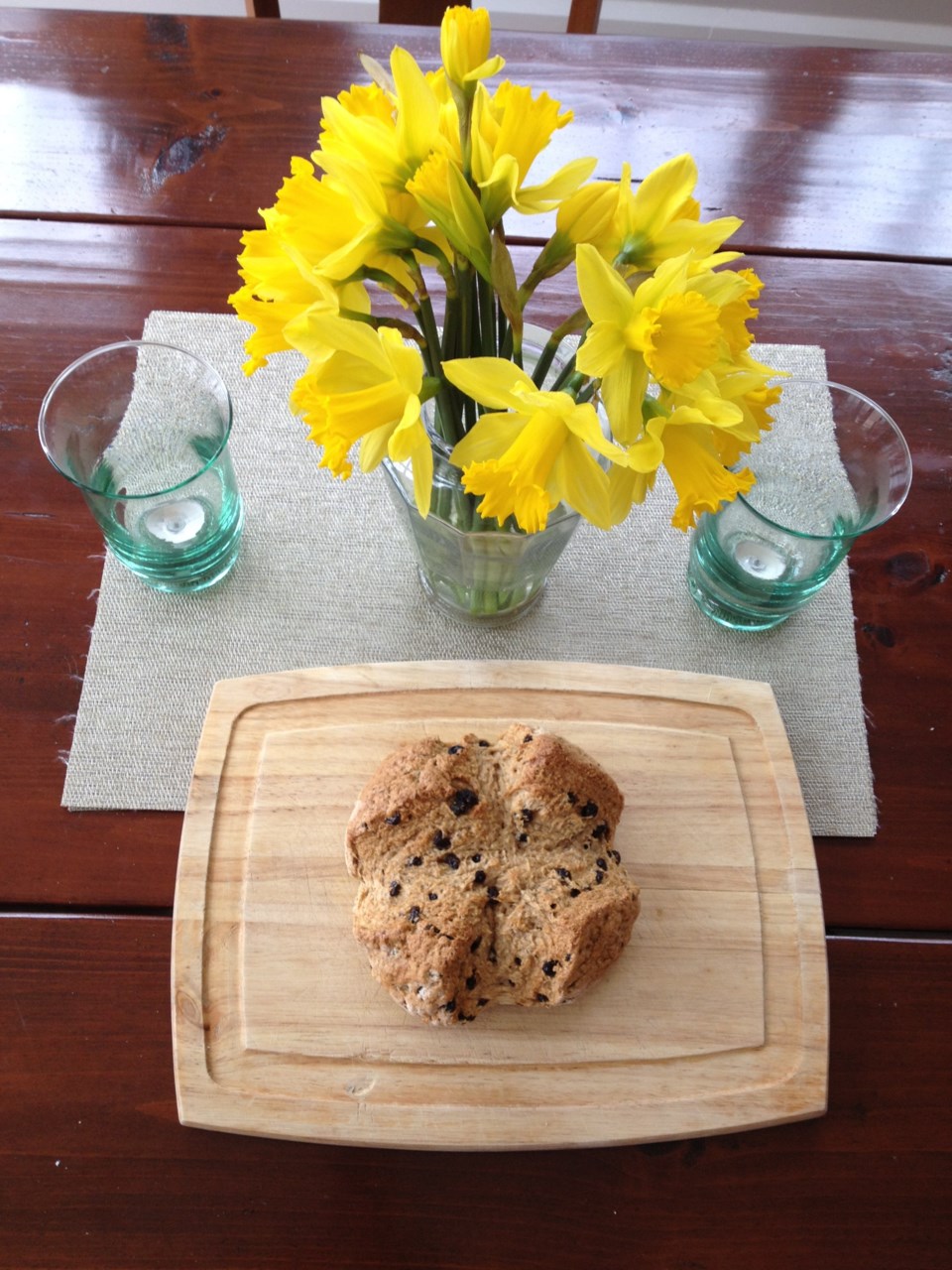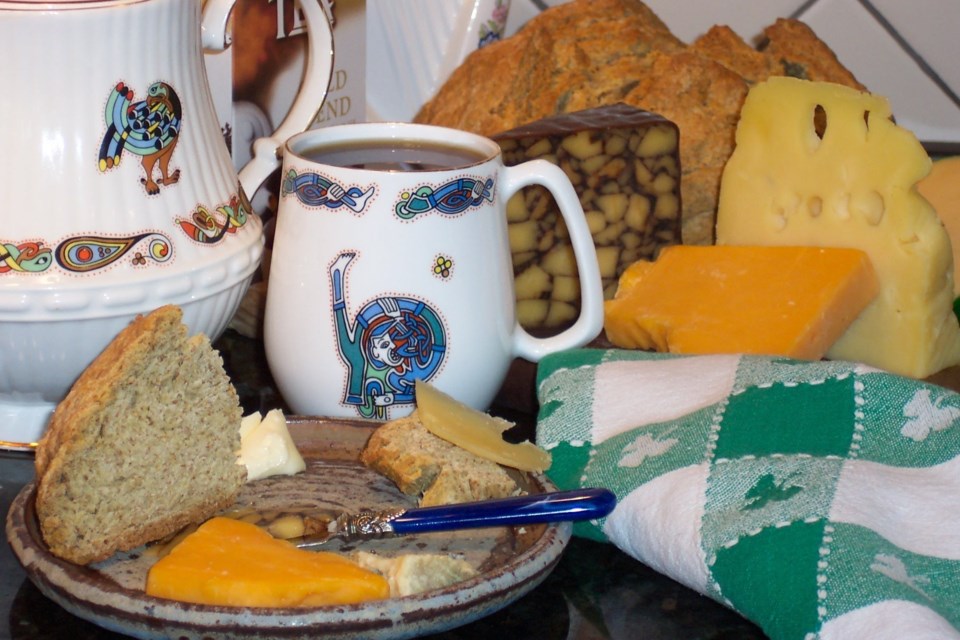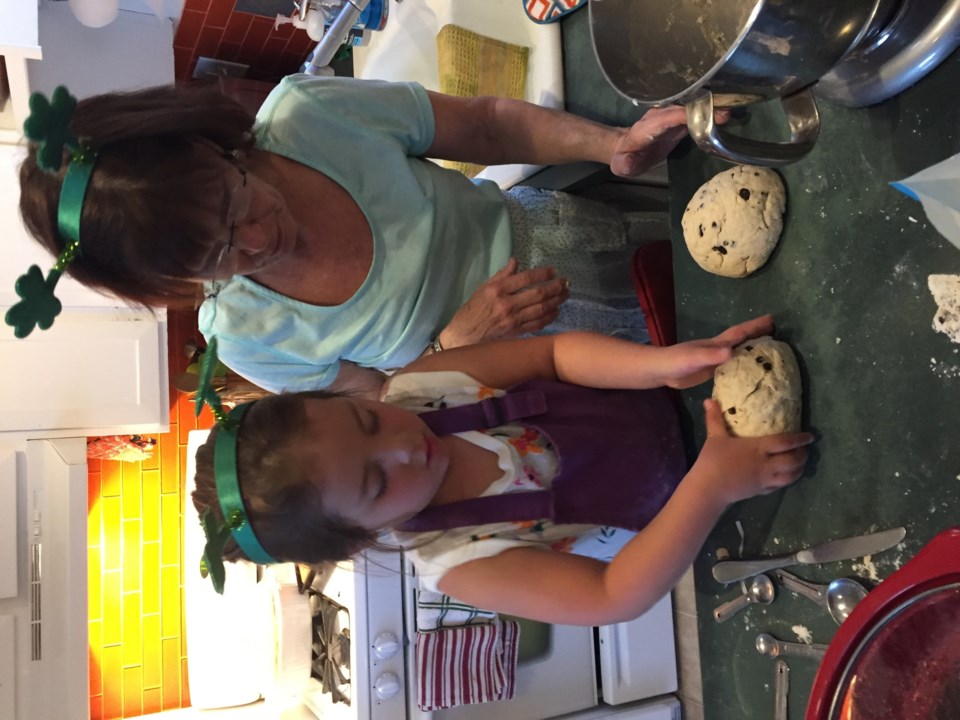This content was originally published by the Longmont Observer and is licensed under a Creative Commons license.
One troop of Longmont’s rising stars is on its tiptoes this weekend, The Moriarty Moffitt School of Irish Dance performed on Friday at Central Elementary and has other performances scheduled to celebrate a special time of year through dance.
Catch them at 300 Suns Brewing on Saturday at 5 pm and/or Sunday at noon and just try to keep from tapping your feet to the lilting music while you enjoy all those corkscrew curls bouncing around.
The bomb cyclone was a bust and it’s the time of year to crawl out of your winter cave and get your green on, whether you are Irish or not.
Another holiday next week celebrates the changing of the season. On Wednesday we mark the Spring Equinox, called Alban Eiler by the Druids, the day when the daylight and nighttime hours are equal. On Thursday we have more celestial light than darkness and the earth, in the northern hemisphere, swings into the growing season. But not before St. Patrick’s Day sets off a global spark.
When St. Patrick lit his Paschal Fire on the Hill of Slane not long after arriving in Ireland in 432 AD, little did he realize that smiling Irish eyes would still be turned toward that blaze 1600 years later. The patron saint of Ireland challenged High King Laoghaire on the adjacent Hill of Tara when he lit a fire on the eve of Beltaine, the May 1st Druid holiday that forbade fire-making until a fire was lit at Tara. Captured immediately but charmingly persuasive, Patrick converted the king’s daughter—and soon everyone else.
Born Maewyn Succat in Scotland in 387 AD, Patrick was captured at 16 by Irish marauders and enslaved in Ireland for six years as a shepherd. A dream led him to walk 200 miles to the sea and escape to Britain, then to a monastery in France where he studied the newly evolving Christianity with the promise of a gentler life. Another dream directed him to go back to Ireland and save souls, which he did thanks to his renowned eloquence and familiarity with Irish customs.
But I think something else was at play. I think he simply missed the food and the Irish people. Ireland is a vibrant nation today, with modern cities and a thriving tech industry, but when you travel in the country, life goes on at much the same rhythm as millennia ago. The greenest grass on earth hosts cows that produce rich milk. Oysters, mussels, and delicate cockles cluster on the briny shores; rivers filled with salmon and trout wind through the mountains and wide central plain. Herds of sheep stop cars on the road, in no hurry. Busy bees make honey, chickens lay fertile eggs, and a hospitable people spend time talking and laughing rather than making sure their stone walls are pointed-- no wonder he returned!
In the United
Foods more commonly enjoyed in Ireland are smoked salmon, Galway oysters, potatoes in any and every guise, and farmstead cheeses. One ubiquitous component to the Irish table is brown bread, a simple loaf made with buttermilk or sour milk, baking soda and stone ground whole wheat flour.

Fancy versions of Irish soda bread add raisins or currants and sometime caraway seeds, but the bread found on most tables is a simpler sort, wheaty and dense and the perfect foil for rich cheese.
This St. Patrick’s day, celebrate by baking soda bread and serve it with Irish cheese and a bracing cup of tea. Thanks to the efforts of the Irish dairy council, these cheeses
This weekend, it’s time to put on some Irish music, dance a wee jig, and offer your friends and neighbors “Cede Mile Failte”--A hundred thousand welcomes!

Brown Irish Soda Bread
This simple bread relies on the action of baking soda with the acidic buttermilk to produce carbon dioxide to rise. It mixes quickly and makes a fine foil for rich Irish butter or cheese. The loaf is cut with a deep cross to ward off the devil. It also makes it handy to cut into quarters to slice.
Makes one loaf
- 3 cups white flour
- 1 cup whole wheat flour, stone ground, if available
- 2 teaspoons baking soda
- 1 teaspoon salt
- 4 tablespoons cold butter, cut into small bits
- 1 and one half cups buttermilk
Heat oven to 375º F. In a bowl, combine the white flour, wheat flour, baking soda
And here is a fancy version, courtesy of my wild Irish friend, Joann Dornich, who visited Colorado two years ago and gave my granddaughter Lilah a hands on cooking lesson.

Joann Dornich’s Irish Soda Bread
| Makes 1 round loaf | |
| 3 cups flour (can use half whole wheat and half white) | |
| 3 tablespoons sugar | |
| 1 tablespoon baking powder | |
| ½ teaspoon baking soda | |
| ½ teaspoon salt | |
| 1 cup currants or raisins | |
| 2 teaspoons caraway seeds | |
| 1 1/3 cup buttermilk | |
| Glaze: | |
| 2 tablespoons sugar | |
| 2 tablespoons hot water |
Preheat oven to 375°F. Sift flour, the three tablespoons of sugar, baking powder, baking soda and salt into a medium-sized bowl. Mix in currants and caraway seeds. Add buttermilk and mix until well blended (dough will be sticky.)
Turn out onto a lightly floured board and knead about 10 times. Shape into an 8-inch round loaf. Place on a greased (or sprayed or parchment-lined) baking sheet. Cut a cross (+) into the top of the loaf with a sharp knife. (Note: Joann cuts this really deeply, about a third of the way into the dough.)
Bake at 375°F for 45 minutes. Dissolve sugar for the glaze in the hot water in a cup and brush generously over the hot loaf. Bake ten minutes longer until richly golden brown.


